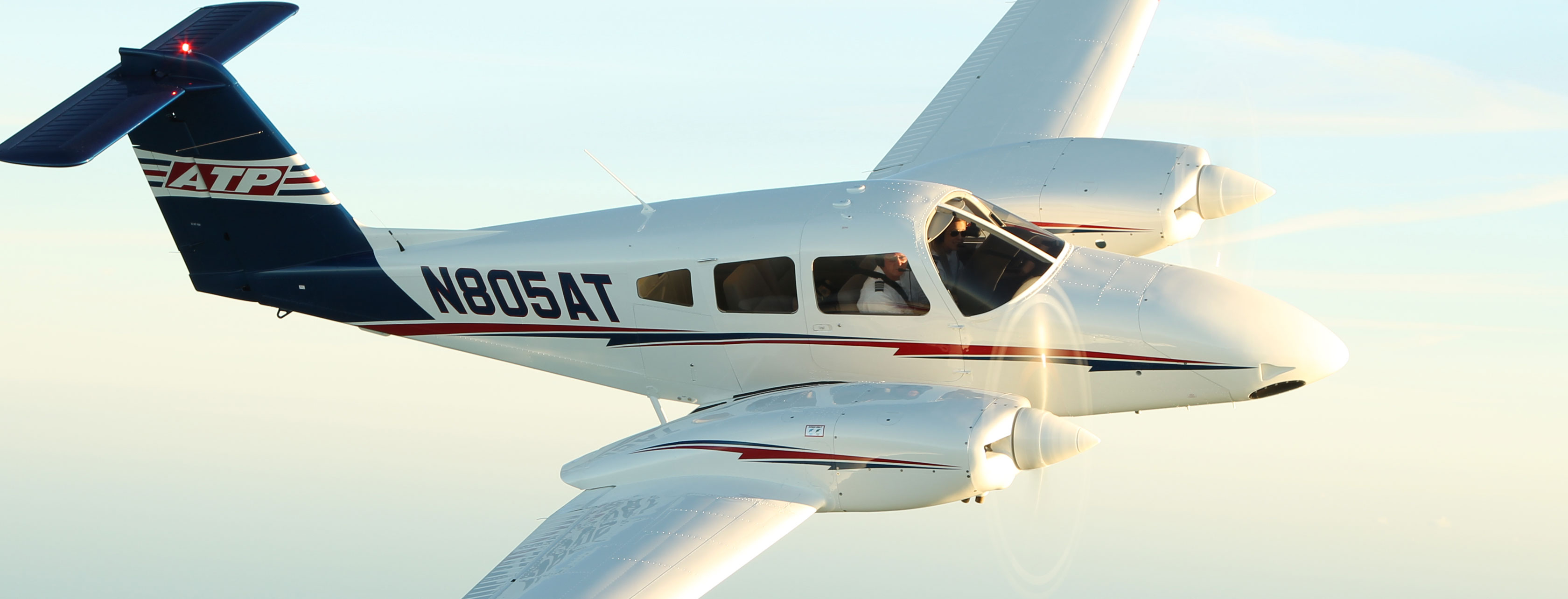Understanding the "Blueline" A Key to Multi-Engine Safety and Performance in Aviation
In the world of aviation and multi-engine flight, few concepts are as visually and aerodynamically important as the blueline. This term, used widely in multi-engine training and flight operations, refers to the best single-engine rate-of-climb speed—denoted as VYSE. On most multi-engine aircraft airspeed indicators, this speed is marked by a blue radial line, hence the nickname.
According to the FAA’s Multi-Engine Pilot Handbook, VYSE represents the optimal climb speed when one engine fails. Flying at or above this speed is critical in maintaining altitude and directional control during an engine-out scenario. Below VYSE, the aircraft may not be able to climb—or even maintain altitude—on a single engine, particularly in high-density altitude or heavily loaded conditions. That’s why multi-engine pilots are trained to “fly the blueline” after liftoff until reaching a safe altitude where further options can be evaluated.
Why Blueline Matters in Multi-Engine Training
Multi-engine aircraft offer redundancy, but that advantage quickly becomes a liability if not properly managed. Losing an engine introduces asymmetric thrust, which can induce yaw and roll toward the inoperative side. The key to overcoming this lies in speed control and aircraft configuration.
VYSE provides enough airflow over the control surfaces to counteract yaw and maintain coordinated flight. It also gives the best climb performance under these degraded conditions. Flying below the blueline after an engine failure can lead to a VMC roll, where the aircraft becomes uncontrollable due to a lack of rudder authority and insufficient lift.
Real-World Scenario in the Piper Seminole
Imagine this: You’re climbing out of a short runway on a warm summer day in a Piper Seminole, a popular multi-engine trainer used in ATP’s fleet. At 400 feet AGL, the left engine loses power. Your initial reaction is to maintain control and pitch for VYSE—the blueline speed. Because you’ve practiced this in ATP’s Commercial Multi-Engine stage, it’s instinctive. You immediately verify the failed engine, feather the prop, and maintain the climb. Thanks to flying the blueline, you clear terrain and return safely.
Now imagine if you had let the airspeed decay below VYSE. The aircraft might have struggled to climb—or worse—begun an uncontrollable descent. This is why the blueline isn’t just a number; it’s your lifeline.
Blueline Training in ATP’s Airline Career Pilot Program
ATP’s Airline Career Pilot Program emphasizes blueline operations throughout the Commercial Multi-Engine training stage, where students transition from basic maneuvers to advanced engine-out procedures. Training includes in-depth ground instruction using FAA publications, simulator sessions, and real-world engine-out scenarios in the Piper Seminole.
Students are drilled on maintaining VYSE during simulated engine failures, especially during critical phases like takeoff and initial climb. Understanding and respecting the blueline prepares ATP students for safe commercial operations and lays the foundation for airline-level decision-making. It’s more than just a speed—it’s a mindset that separates a good pilot from a great one.
For more information, refer to the FAA’s Multi-Engine Pilot Handbook and ATP’s Commercial Multi-Engine curriculum.
